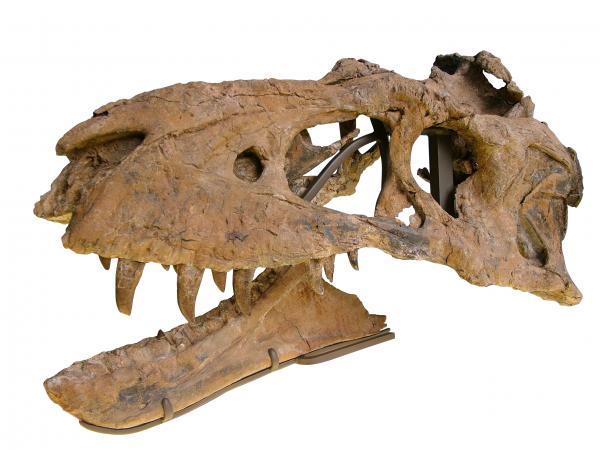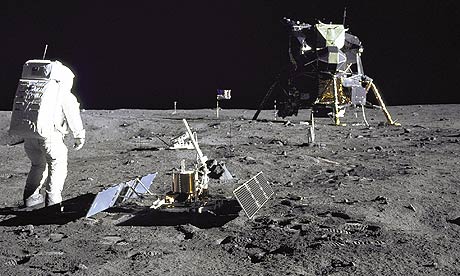
© Associated Press, Ben Curtis, Pool, FileIn this Sunday, Nov. 4, 2007 file photo, Egypt's antiquities chief Dr. Zahi Hawass, center, supervises the removal of King Tut from his stone sarcophagus in his underground tomb in the famed Valley of the Kings in Luxor, Egypt.
Cairo - Egypt will soon reveal the results of DNA tests made on the world's most famous ancient king, the young Pharaoh Tutankhamun, to answer lingering mysteries over his lineage, the antiquities department said Sunday.
Speaking at a conference, archaeology chief Zahi Hawass said he would announce the results of the DNA tests and the CAT scans on Feb. 17. The results will be compared to those made of King Amenhotep III, who may have been Tutankamun's grandfather.
The effort is part of a wider program to check the DNA of hundreds of mummies to determine their identities and family relations. The program could help determine Tutankhamun's family lineage, which has long been a source of mystery.
The identity of Tut's parents is not firmly known. Many experts believe he is the son of Akhenaten, the 18th Dynasty pharaoh who tried to introduce monotheism to ancient Egypt almost 3,500 years ago, and one of Akhenaten's queens, Kiya. But others have suggested he was the son of a lesser known pharaoh who followed Akhenaten.
Tutankhamun was one of the last kings of Egypt's 18th Dynasty and ruled during a crucial, turmoil-filled period when Akhenaten's monotheism was ended and powers were returned to the priests of ancient Egypt's multiple deities.


